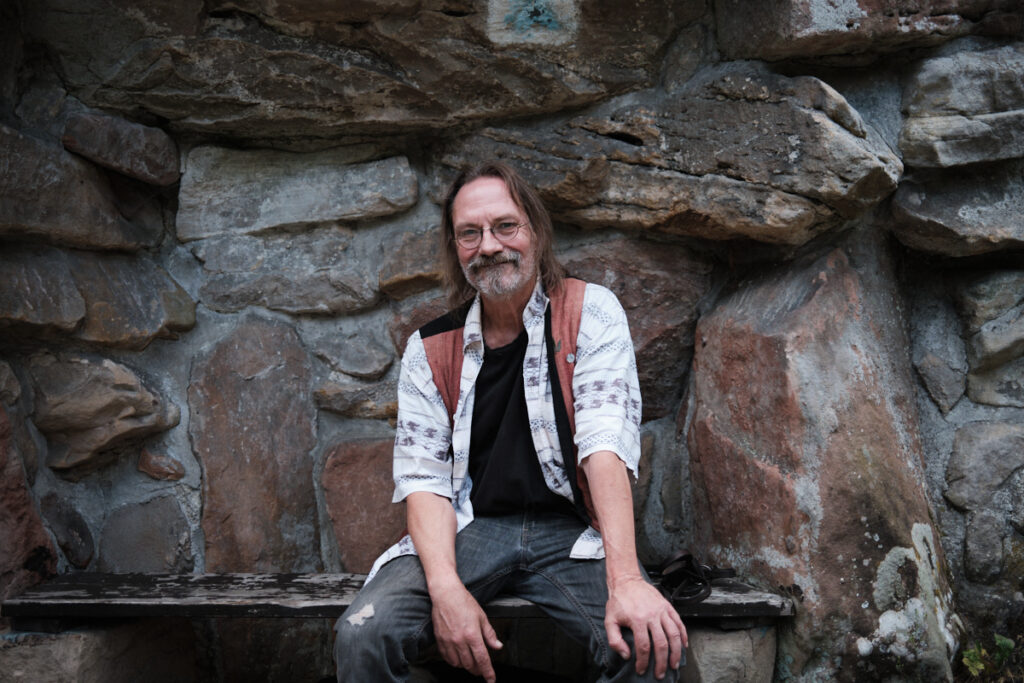A stone wall winds through the forest for several kilometres close to Bad Dürkheim. This is the place where the oldest town of the Palatinate might have been located in Celtic times – on top of the Kastanienberg hill, more than 170 metres above the valley of the Isenach. But who lived here? And why was the settlement abandoned again so suddenly? A search for traces in the Palatinate Forest with the archaeologist Thomas Kreckel begins.
Often it is only small hints and little fragments that bring Thomas Kreckel on his track, like the changes in colour – dark stripes in the sand. “I have been at excavations where these stripes were much more noticeable,” the archaeologist tells us. “The soil in the Palatinate Forest, especially here on the Kastanienberg, is deficient in lime; it doesn’t conserve traces really well.” Then, however, just as the setting sun was sending its last slanting rays through the trees, he was certain – this discolouration was caused by a wooden post that once stood at this exact spot as part of a wooden construction stabilising a gigantic wall, a Celtic ring wall, more than two kilometres in length and measuring more than 26 hectares – which is about the size of the neighbouring town of Wachenheim. A town was situated here 170 metres above the present-day town of Bad Dürkheim atop the Kastanienberg back in the year 500 BC.
“It must have been an impressive sight,” Thomas says. The ring wall was presumably 2.5 to four metres in height. The stones are all you can still see today – and a good many of them. Some of them are clearly noticeable as a bumpy trail through the forest, some of them are overgrown and covered by moss and trees. Who lived here, however, and why the settlement was abandoned again – has been a mystery for long. The wall is often referred to as the Heidenmauer (“heathen wall”) – “for the simple reason that all findings dating from pre-Christian times were sweepingly considered ‘heathen,’” Thomas explains.

The man from the Palatinate wears thin frame glasses, has shoulder-length hair and a full beard. Over his T-shirt he pulled on a shirt with black and white ethnic patterns and a brown waistcoat. He does not walk through the forest; he marches. Accompanied by Taranis who is constantly at his side, a border collie named after the Celtic god of weather and thunder. “Even as a boy”, Thomas wanted to become an archaeologist as he tells us. His grandfather had a keen interest in culture and history. “Unfortunately, he died young – when I was only three years old. I got to know him through his books, though.” As soon as he was able to read, he worked his way through his grandfather’s impressive library. “Gods, Graves and Scholars: A Story of Archaeology” by C.W. Ceram was one of the books that could be found there. “It was a book that captivated me. After reading it, it was clear to me what I wanted to become.” It is the search for traces, the detective work as an archaeologist, that fascinates him. “History actually is often told from the perspective of the ones in power. I am much more interested, however, in how the ordinary people lived, how they led their everyday lives.”


















